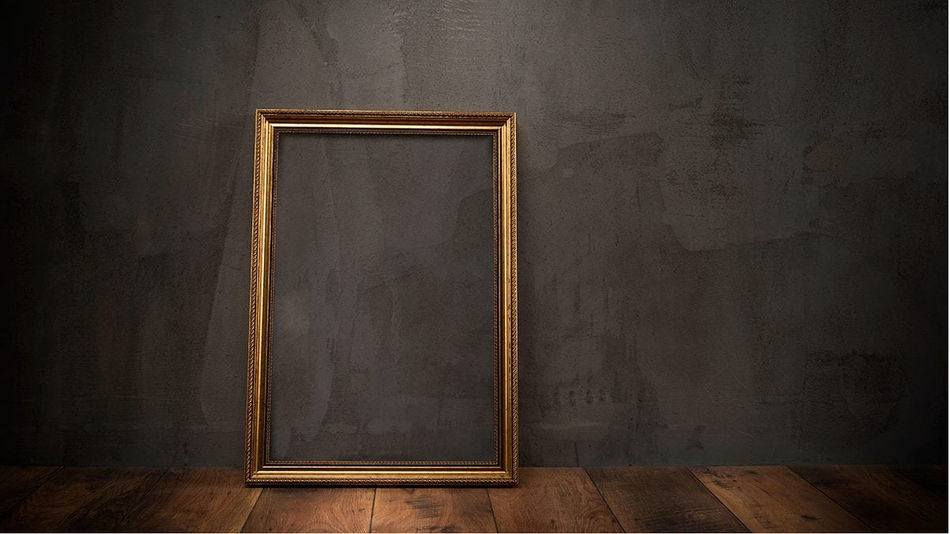All You Need To Know To Insure Your Art Collection
ByGrace Ignacia SeeImage courtesy of Art Collectors at Home
You’ve dedicated time, energy, and done your research towards buying original artwork that's now in your possession, and for the very last step, you should be thinking about the ways you can protect it. While it’s not the nicest thing to be considering worst-case scenarios, you never know when catastrophe might strike. Unique pieces of art such as paintings are one of a kind, and your personal collection of art is undoubtedly irreplaceable.
In the global sense, Forbes estimated that the premium value of insured art was somewhere $500 million and $1 billion. It's hard to come up with accurate numbers due to the way that insurance companies keep their records, but if those estimates are right, it would mean that there are a lot of uninsured artworks out there hedging many risks. These risks, including theft, robbery, and general damages, can be easily eliminated with the right art insurance.
If you currently own artworks or collectibles worth more than a few thousand dollars, it’s highly advisable that you insure your collection so as to defend them against the unexpected. Here are some tips we’ve put together to help you through your process of insuring your art:

Image courtesy of ARIS
Documentation: The first step towards art insurance
The very first step you need to take is to compile all the documents that came with your artwork purchase. This necessary documentation, also known as provenance, should underline proof of ownership, bill of sale, a replacement estimate, and photographs. This will go a long way in the process of insuring your artwork as it will provide your insurer with the information of the artworks they will need.
However, provenance itself is not enough. While it is extremely useful for your insurer, it is not designed to, and does not, manage risk. There is also no standard way or process to record and track both sides of an art transaction, and because of that, every provenance carries the risk of being inaccurate or incomplete.

Image courtesy of Living With Art
Could you already be protected?
Your homeowner's insurance might already cover you, so it might be worth combing through your existing policy again. Some homeowners insurance policies cover jewelry, art, and collections the same as any other possession, subject to your policy's deductible and coverage limits.
While home insurers can provide art insurance, there are plenty of specialist insurance companies that offer more sophisticated coverage. It’s also possible to buy special coverage for specific items of art. By working with an art insurance specialist, you would be working with an individual who is more experienced in not only creating policies for you but also more experienced in helping with claim situations.
Working with a fine art insurance company would cover your artwork to its most recently appraised value. This is something you would need to do your due diligence on as an art collector. It’s important to keep in mind that with a standard homeowner’s insurance policy your art collection is just part of your valuables, and that a fine art insurance policy focuses solely on your art collection.
Determine the right amount of cover
Regardless of whether you are a serious art collector or a casual one, it is important to protect your collection with a policy that is designed for the many intricate demands of fine art. Take a look at your collection, does it consist of mostly contemporary paintings? Have you perhaps invested in a handful of works by old masters? Insurance providers will look at several indexes to determine the value of your investment as artworks from different time periods and mediums will be valued differently to each other.

Never cut corners!
Fine art insurers will be able to provide you with comprehensive coverage - but only if you’re honest with them about what exactly needs to be insured. If details are skipped, or if risks are not mentioned, it could lead to a loss of coverage.
A popular example of why you should never cut corners refers to an incident that took place in Chelsea after Hurricane Sandy struck New York in 2012. Printed Matter, an art book store founded by Sol LeWitt and Lucy Lippard, faced a loss of many original works. Their basement storage was flooded, and they sustained over $200,000 in damages. Because Printed Matter was insured as a bookstore and not a gallery, they were only covered by their general policy and were even unable to file claims.
It was a painful lesson learned, and a big lesson that should be taught to all. Be aware of where your art collection is placed, whether is it in your home, office, or in a storage unit. Also, be aware of possible disaster situations that might strike. Be sure to make your art insurer aware, and that your policy covers any potential incidents.
Frequent buyer?
It’s rather uncommon that someone buys an artwork and stops their collection right there. Many people get hooked onto the thrill of buying, collecting, and investing in art. If this sounds like you, perhaps it would be practical to take out automatic cover for your new art acquisitions.
Automatic cover will allow up to 25% of anyone’s art portfolio to be covered. For example, if you have $10,000 worth of art insured and purchase more pieces, these will automatically be covered up to $2,500. You will, however, need to inform your insurance company of any new purchases within 60 days.

Dodging dodgy art
This brings us back to the first point about how sometimes, provenance is simply not enough. There have been many instances in the past where art was thought to be bought in good faith but was then later realized to have been stolen. This situation usually applies to artworks of high value.
It is possible to take out what is known as a defective title cover. By taking out a defective title cover, your insurance will cover the amount you paid for the artwork if it turns out that it was previously stolen. Defective title covers can apply to any kind of art from any time period.
Appraise your artworks regularly
While there is no right or wrong answer as to how often you should have your art collection appraised, specialists advise anywhere between 3-5 years depending on the type of collection you own. When you schedule an updated appraisal, be sure to specify that it is for insurance purposes to make sure that you are given the most up-to-date market value of your artwork or collection.
Regular appraisals are particularly important with works that are bought for investment and allows you to keep on track with the value of your collection. If a work that you bought 2 years ago for $5,000 has doubled in price to $10,000, you want to make sure that in the case of theft or damages, that it is insured for $10,000.
You can find out more about some helpful tips to appraise and authenticate your artwork in this article.
You can also click here to check out more Art 101 articles on our Artzine, including guides on how to collect and protect art.
Any views or opinions in the post are solely those of the authors and do not necessarily represent the views of the company or contributors.